In this article, we will study the discovery and origins of the United States of America, one of the world’s most powerful nation in the twenty-first century. The European nations were eager and determined to find out an alternate route to reach Asia through the north of Europe. During the 15th century, leaders of various European states supported voyages overseas, believing that explorers would find massive wealth and vast uncharted areas. Many scholars felt that the idea of discovering Asia via sea routes through Western Europe was as ancient as the belief in the flat earth.
Who was Christopher Columbus?

Christopher Columbus was born in the year 1451 in Genoa, Italy. He was the son of a merchant, and during his teenage years, he worked as a merchant. In the coming years, he developed many interests and studied mathematics, astronomy, and navigation. Like many intellectuals, Christopher also believed that the Earth was not flat, rather, spherical in shape. The City of Genoa had a history of wonderful voyages and discoveries by explorers. As a young man, these great explorers inspired Columbus.
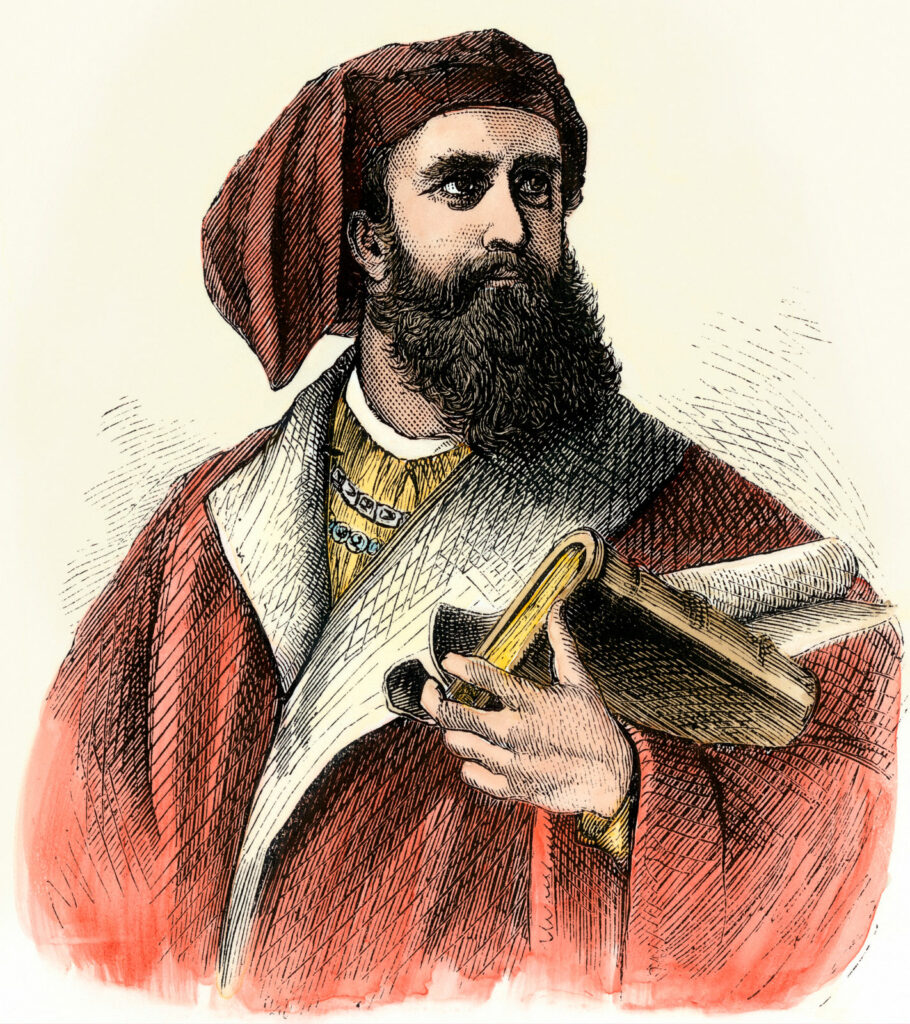
Marco Polo was the most famous explorer across entire Europe because of his extraordinary work. Marco Polo left for Asia and spent 24 years exploring. He returned with extraordinary treasures and things that were unknown to the Europeans. Marco Polo’s work had a significant influence on Columbus and encouraged him to continue his study of geography and navigation.
The First Voyage of Columbus
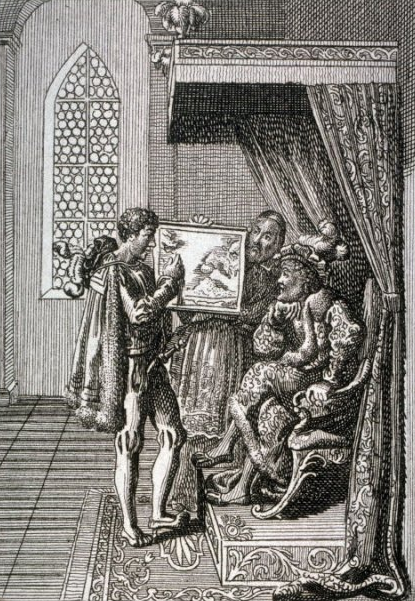
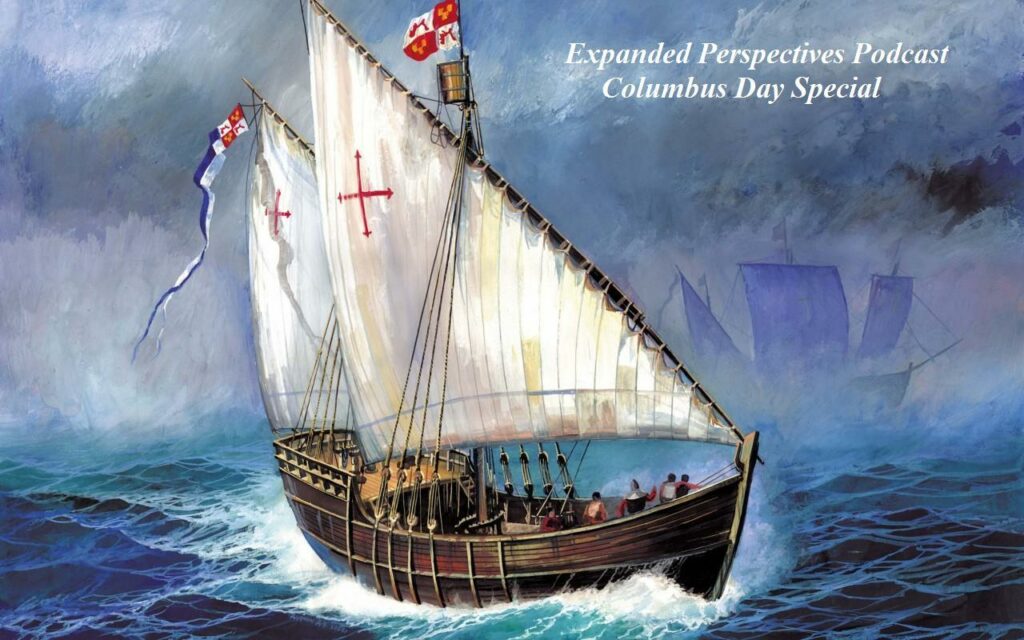
After years of research, Columbus decided to explore an alternate route to Asia via the west. It was very unconventional and widely regarded as suicide for the sailors. Columbus presented his idea to King John II of Portugal and requested his assistance traveling west, with three ships and a few crewmates. However, the Portugal king declined his help, as the Europeans believed that the distance between Europe and Asia through the waters was huge and that the sailors would run out of food and die in the middle of the ocean.
Seeking Portugal’s rejection, Columbus traveled to King Ferdinand of Spain and requested assistance in exploring the west. The King of Spain first opposed the journey but later agreed to Columbus’ requirements, which were:
| I. Columbus will be granted three ships and a small crew to explore the west. |
| II. He may serve as administrator of the open seas and governor of newly established lands. |
| III. He would receive 10% of any treasures discovered on the new land. |
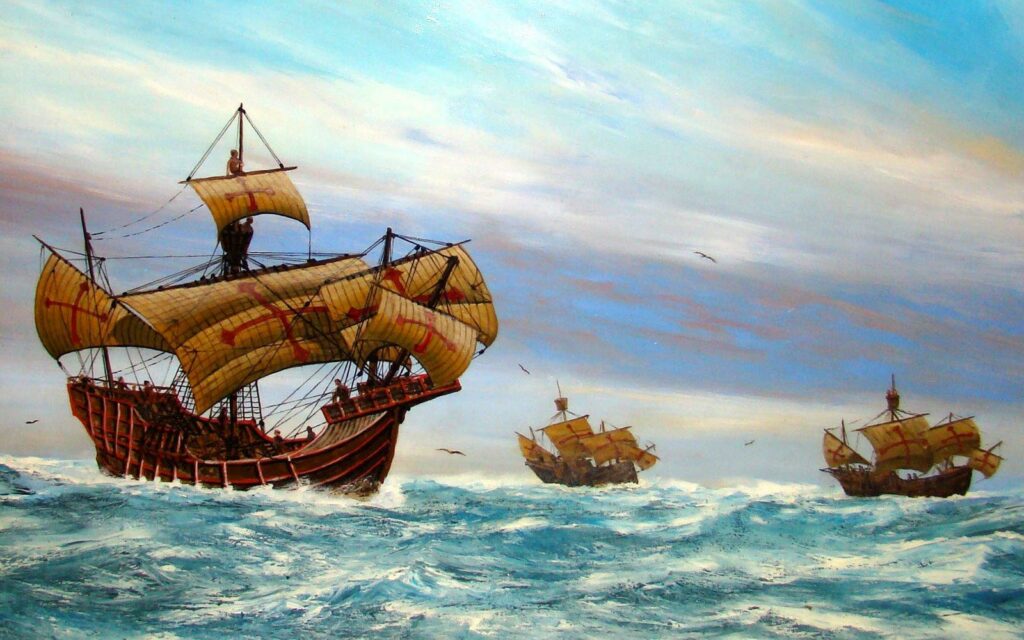
Columbus and his crew set off from Spain on August 3, 1492, in three ships: the Nia, the Pinta, and the Santa Maria. They were the first Europeans to do so. After traveling for 2 months, Columbus and his crew finally found land on October 12, 1492. They anchored the ship and went on land, which was a whole new world for them, and at first, they thought that they had arrived at the destination, i.e., Asia, but in reality, they landed somewhere in the present-day Bahamas.
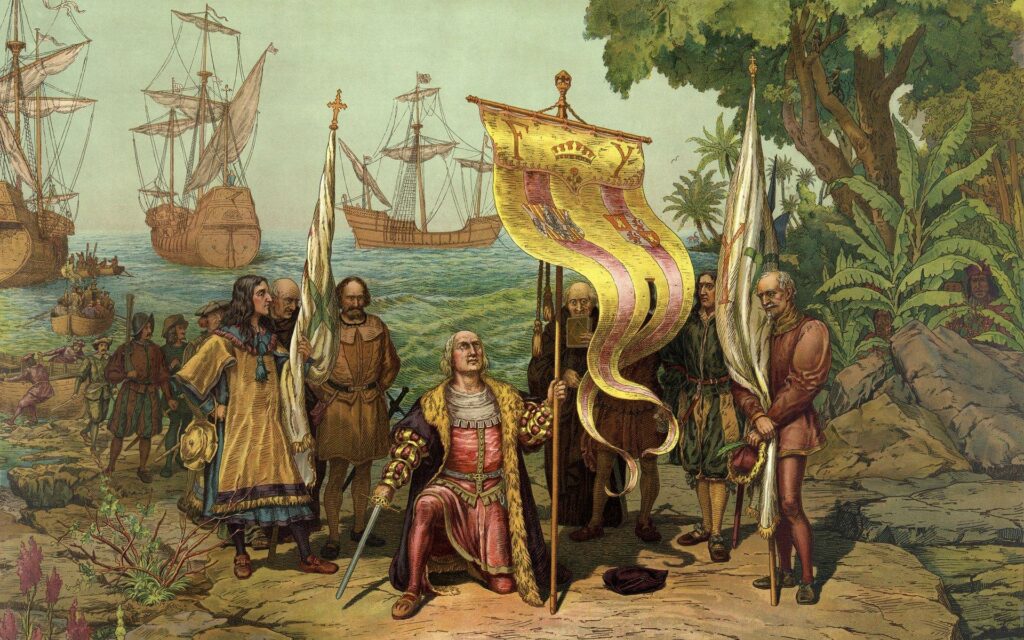
On his arrival, Columbus met with the native people, who were said to be of two tribes, the Arawak’s (Taino) and Caribs, living there for ages. Columbus recorded in his diary that the natives brought them birds, fruits, cotton, and steel tools in exchange for fancy headgear, clothing, and so on.
Exploration turned to slavery
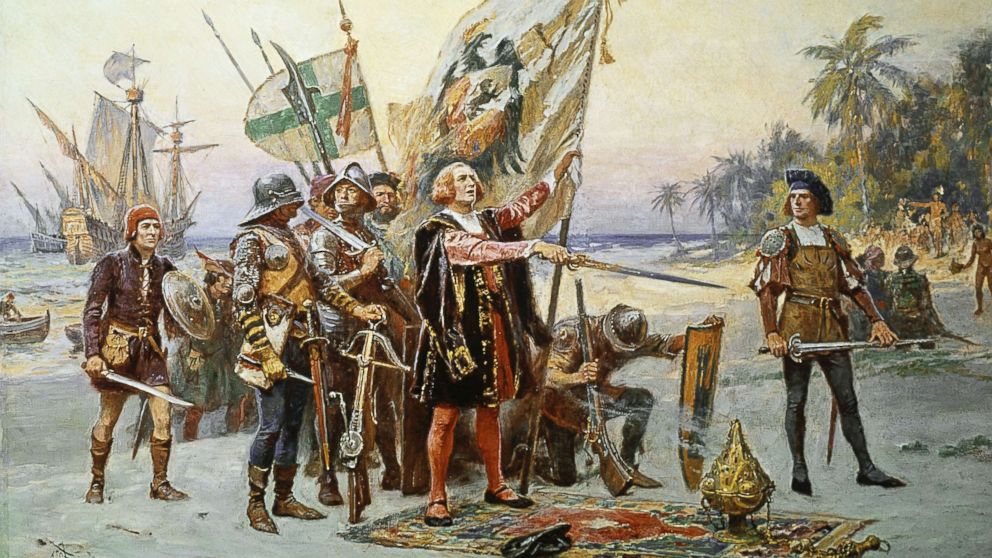
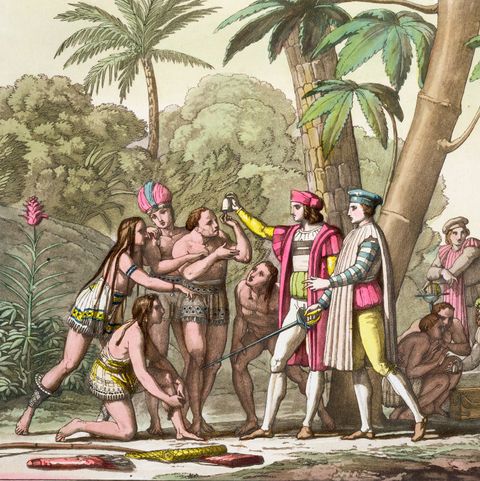
Although through months of hardships and difficulties trying to get to a new world, Columbus, upon reaching, didn’t do any heroic work. In fact, it became the worst nightmare for the native people. Soon after landing, Columbus ordered his men to find the gold and unknown treasure in the region. Columbus planned to return to Spain on Christmas Eve, bringing fruits, items, and native people with him as proof of the new continent. In his book, Columbus wrote: “…that these people were unfamiliar with the usage of weapons and ammunition. They had a good and strong body, so we could enslave them and force them to do whatever we wanted.“
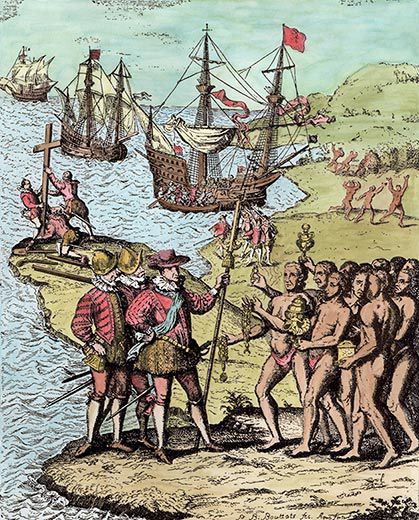
Soon Columbus returned to the Americas with as many as seventeen ships and several soldiers. The motive Columbus had been clear and hence started his exploration vigorously. Columbus forced the Tainos (natives) to work in gold mines all day, and those who refused were killed. The native women were raped and tortured until death. Columbus single handily wiped out 70% of the native population in which many died due to workload, starving, and some committed suicide too.
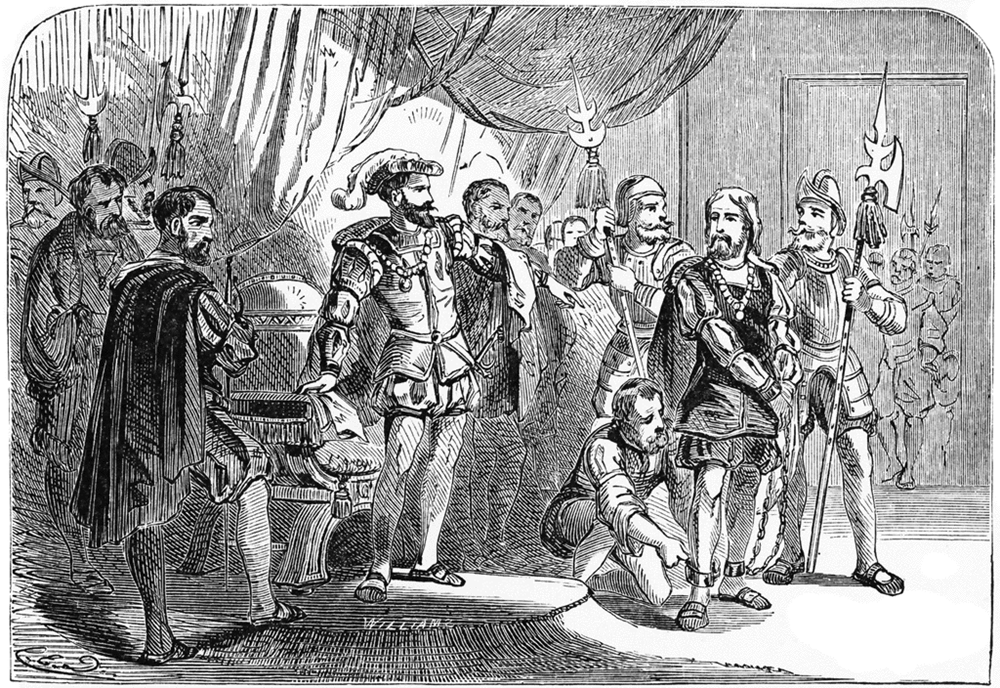
Seeing these horrifying situations, the King ordered an investigation against Columbus in which he was found guilty and sentenced to six weeks of imprisonment. After his release, he was forbidden from entering the Americas and would no longer be its governor. Christopher Columbus not only supported slavery but also encouraged more of it. Although Columbus was a great sailor and made one of the greatest achievements in human history. He set an example that not everyone who changes history is a hero. Columbus traveled his last trip to America and made his way up to Panamas, but due to storms and broken ships, he abandoned the voyage and returned to Spain, where he died in 1506.
Christopher Columbus’s influence

The discovery of America by Columbus changed the face of world history completely. Columbus brought a massive way of European influence over to the new land. His efforts led the Europeans to dominate the world through colonization and expansion of kingdoms into empires. The exchange of these two different worlds exposed the natives to many diseases, such as smallpox and chickenpox, which further decreased the native population. Some historians state that the arrival of Europeans into America decreased the native population by as high as 90% through diseases and brutal killings. The Tainos population was reported extinct by the end of the century.

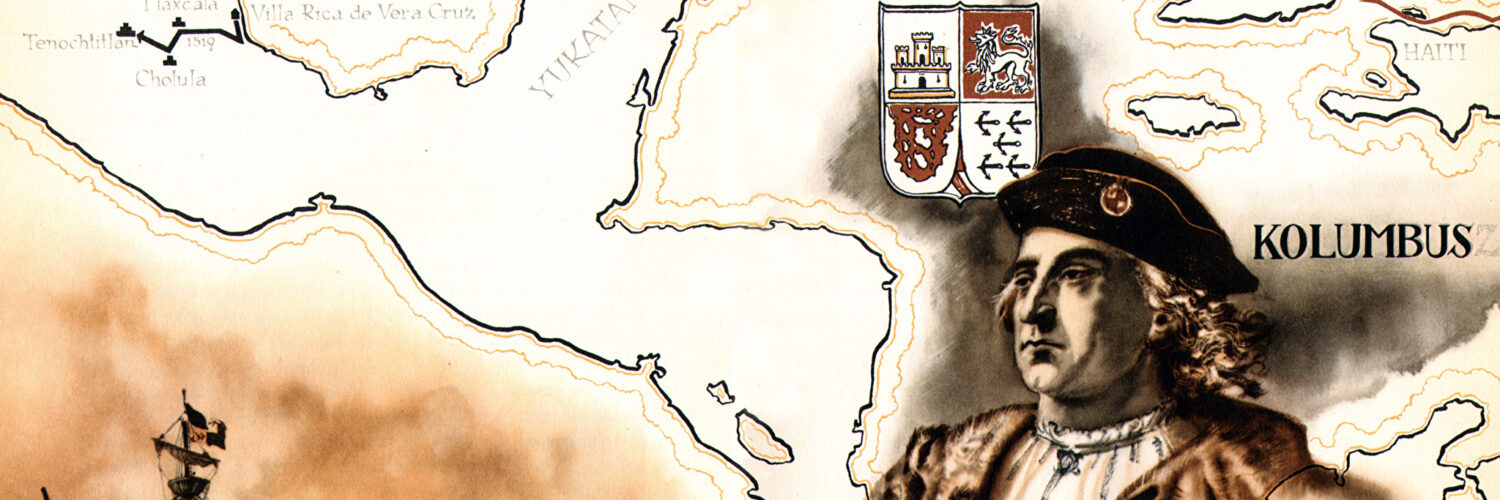
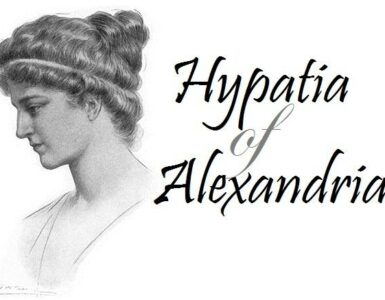

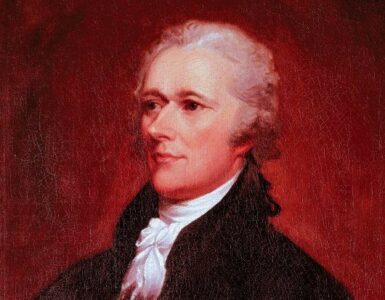
Add comment